Can a yeast infection cause nausea. The Comprehensive Guide to Yeast Infections: Causes, Symptoms, Treatment, and Prevention
Do yeast infections cause nausea? What are the common symptoms of a yeast infection in women and men? When should you see a doctor for a yeast infection? Get all the answers in this in-depth article.
Understanding Yeast Infections (Candidiasis)
Yeast infections, also known as candidiasis, are a common fungal infection caused by an overgrowth of a yeast called Candida. This yeast is naturally present in the body, but when it multiplies excessively, it can lead to various uncomfortable symptoms. Yeast infections can occur in different parts of the body, including the mouth, throat, vagina, and even the skin.
Causes of Yeast Infections
Yeast infections can be triggered by a variety of factors, including:
- Antibiotics, which can disrupt the natural balance of bacteria in the body
- Pregnancy, which can cause hormonal changes that promote Candida growth
- Diabetes, which can lead to high blood sugar levels that feed the yeast
- Weakened immune system, as seen in conditions like HIV/AIDS or cancer treatments
- Tight or synthetic clothing, which can create a warm, moist environment that
yeast thrives in - Douching or using harsh feminine products, which can disrupt the vaginal pH

Symptoms of Yeast Infections
The most common symptoms of a yeast infection include:
- Itching, burning, or redness in the affected area
- A thick, white, clumpy vaginal discharge (often described as resembling cottage cheese)
- Pain during sexual intercourse
- Pain or discomfort when urinating
Can Yeast Infections Cause Nausea?
While nausea is not a typical symptom of a yeast infection, it is possible for some people to experience it. Nausea may occur if the yeast infection has spread to the esophagus, causing a condition called esophageal candidiasis. In this case, the nausea would be accompanied by other symptoms like difficulty swallowing, heartburn, and chest pain. However, nausea is more commonly associated with the side effects of systemic antifungal medications used to treat severe or recurrent yeast infections.
Treating Yeast Infections
Yeast infections can be treated with a variety of over-the-counter and prescription medications, including:
- Topical antifungal creams, ointments, or suppositories
- Oral antifungal medications like fluconazole (Diflucan)
- Boric acid suppositories for recurrent or difficult-to-treat infections
In some cases, a healthcare provider may also recommend probiotics or other natural remedies to help restore the natural balance of bacteria in the body.
Preventing Yeast Infections
To help prevent yeast infections, it’s important to:
- Wear loose, breathable clothing and avoid tight-fitting underwear
- Avoid using harsh soaps, douches, or other feminine products that can disrupt the vaginal pH
- Maintain good hygiene, including wiping from front to back after using the bathroom
- Manage any underlying health conditions, such as diabetes, that may increase the risk of yeast infections
- Avoid using antibiotics unnecessarily, as they can disrupt the natural balance of bacteria
When to See a Doctor for a Yeast Infection
If you experience any of the common symptoms of a yeast infection, it’s generally recommended to see a healthcare provider, especially if it’s your first time dealing with the condition. Some signs that you should seek medical attention include:
- Severe or persistent symptoms that don’t improve with over-the-counter treatments
- Recurrent yeast infections (more than four per year)
- Symptoms that don’t match your previous yeast infections
- Symptoms that occur alongside other concerning symptoms, such as fever or abdominal pain
Your healthcare provider can properly diagnose the condition and recommend the most appropriate treatment.
In summary, yeast infections are a common fungal condition that can cause a range of uncomfortable symptoms, including itching, burning, and vaginal discharge. While nausea is not a typical symptom, it can occur in some cases, particularly if the infection has spread to the esophagus. Proper treatment and prevention strategies can help manage yeast infections and prevent them from recurring.
International Association of Providers of AIDS Care
WHAT IS CANDIDIASIS?
Candidiasis, also known as Candida, is a common opportunistic infection (OI) in people with HIV. It is an infection caused by a common type of yeast (or fungus) called candida that is found in most people’s bodies. A healthy immune system keeps it under control. Candida usually infects the mouth, throat, and/or vagina. It can occur months or years before other more serious OIs.
In the mouth, the infection is called thrush. When the infection spreads deeper into the throat it is called esophagitis. It looks like white patches similar to cottage cheese or red spots. It can cause a sore throat, pain when swallowing, nausea, and loss of appetite. Thrush can also cause cracking at the corners of the mouth. This is called angular chelitis.
In the vagina, the infection is called a yeast infection or vaginitis. This is a common vaginal infection. Symptoms include itching, burning, and a thick whitish discharge.
This is a common vaginal infection. Symptoms include itching, burning, and a thick whitish discharge.
Candida can also spread and cause infection in the brain, heart, joints, and eyes.
CAN CANDIDIASIS BE PREVENTED?
Antifungal drugs such as clotrimazole, nystatin, fluconazole, and itraconazole may be used to prevent Candida but drug resistance may occur with prolonged use. Strengthening the immune system by taking combination antiretroviral therapy (ART) is the best way to prevent Candida.
HOW IS CANDIDIASIS TREATED?
Treatments can be local or systemic. Local treatments are applied where the infection is found. Systemic treatments affect the whole body. Many healthcare providers prefer to use local treatment first. It puts the medication directly where it is needed and it has fewer side effects than systemic treatment. Also, there is less risk of Candida becoming resistant to the medications. The medications used to fight Candida are antifungal drugs. Almost all their names end in “-azole.” They include clotrimazole, nystatin, fluconazole, and itraconazole.
Almost all their names end in “-azole.” They include clotrimazole, nystatin, fluconazole, and itraconazole.
Local treatments include:
- Creams
- Suppositories
- Liquids
- Troches or lozenges that dissolve in the mouth
Local treatments may cause some stinging or irritation.
Systemic treatment is needed if local treatments don’t work or if the infection has spread into the throat (esophagitis) or other parts of the body. Some systemic drugs are taken in pill form. The most common side effects are nausea, vomiting, and abdominal pain. Less than 20% of people have these side effects.
Candidiasis can come back repeatedly. Some healthcare providers prescribe antifungal drugs on a long-term basis. This can cause resistance. The yeast can mutate so that a drug no longer works.
Some serious cases do not respond to other medications. Then, amphotericin B might be used. It is a very potent and toxic drug, given orally or intravenously. The major side effects are kidney problems and anemia. Other reactions include fever, chills, nausea, vomiting, and headache. These usually get better after the first few doses.
The major side effects are kidney problems and anemia. Other reactions include fever, chills, nausea, vomiting, and headache. These usually get better after the first few doses.
THE BOTTOM LINE
Candidiasis is a very common yeast (fungal) infection. The fungus normally lives in the body. It cannot be eliminated. The best way to avoid an outbreak of candidiasis is to strengthen your immune system by taking antiretroviral medications (ARVs).
Most Candida infections are easily treated with local therapies. In people with weakened immune systems, these infections may become more persistent. Systemic antifungal drugs can be taken, but Candida might become resistant to them. The most potent antifungal drug, amphotericin B, has serious side effects.
MORE INFORMATION
CDC: Candidiasis
UCSF HIV in Site: Candidiasis and HIV
nam aidsmap: Candidiasis (thrush)
HIV.gov: Candidiasis (Mucocutaneous)
Reviewed March 2021
Print PDF
Symptoms & Complications of Yeast Infections: What They Feel Like
Written by WebMD Editorial Contributors
Medically Reviewed by Jennifer Robinson, MD on September 02, 2022
- Common Symptoms in Women
- Common Symptoms in Men
- Signs of a Complicated Infection
- When to See a Doctor
It can feel like itching or maybe even burning. Or you may have swelling so extreme, it leads to sores. Whether your symptoms are mild or severe, a yeast infection can be uncomfortable.
Or you may have swelling so extreme, it leads to sores. Whether your symptoms are mild or severe, a yeast infection can be uncomfortable.
Also known as vaginal candidiasis, yeast infections are caused by a fungus. It generally causes your vagina and vulva (the tissues at the opening of the vagina) to itch. You may also have a discharge.
Yeast infections are common. Three of every four women get one in their lifetime. And many women have more than one.
Knowing how to spot the signs and symptoms of a yeast infection can help you get the most effective treatment.
If you have a vaginal yeast infection, you’ll most likely have extreme itching in and around your vagina; this is the most common symptom. Aside from itching, you might also have:
- A burning feeling, especially when you urinate or during sex
- Swelling and redness around your vulva
- Pain and soreness in your vagina
- A vaginal rash
You might also have a vaginal discharge. It could be:
It could be:
- Watery
- Thick, white, and odorless, resembling cottage cheese
Men can get yeast infections too. They can happen when there’s an overgrowth of fungus (candida) on the skin. This can happen if a man has sex with a female partner who has a vaginal yeast infection. It’s more common in men who aren’t circumcised. The symptoms include:
- Itching, burning, or redness on the penis
- A thick, white substance in the skin folds of the penis, and moistness
- Shiny, white areas on the penis
Sometimes the symptoms of a yeast infection can be more serious and require extra care. You might need a longer course of treatment or a plan to keep the infection from coming back.
You can get a more complicated infection if:
- You’re pregnant
- You have uncontrolled diabetes
- Your immune system is weakened by medications you’re taking or a health condition like HIV
Your infection might also be more complicated if it’s caused by a different type of fungus than what commonly causes yeast infections.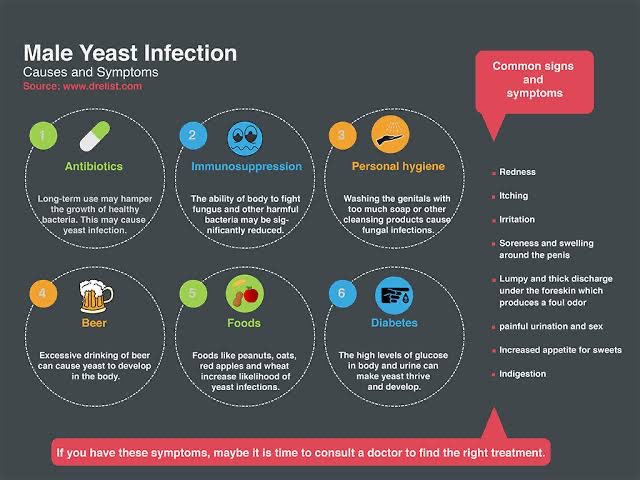
Signs of a complicated infection include:
- Symptoms (such as redness, swelling, and itching) so severe that it causes tears or sores
- A recurrence of yeast infection four or more times in a year
Call your doctor if you have any signs of a complicated infection.
You should also make an appointment with your doctor if:
- You’ve never had a yeast infection before.
- Signs or symptoms of a yeast infection didn’t get better with after treatment with an over-the-counter cream or suppository.
- You have new or unusual pain or discharge in your genital area.
- You get other symptoms.
- You have pain during sex.
If you think you have a yeast infection but aren’t sure, it’s important to see a doctor for a proper diagnosis. A doctor can also let you know if something else may be causing your problems.
Treatment can help relieve symptoms and prevent you from spreading any potential infections during sex.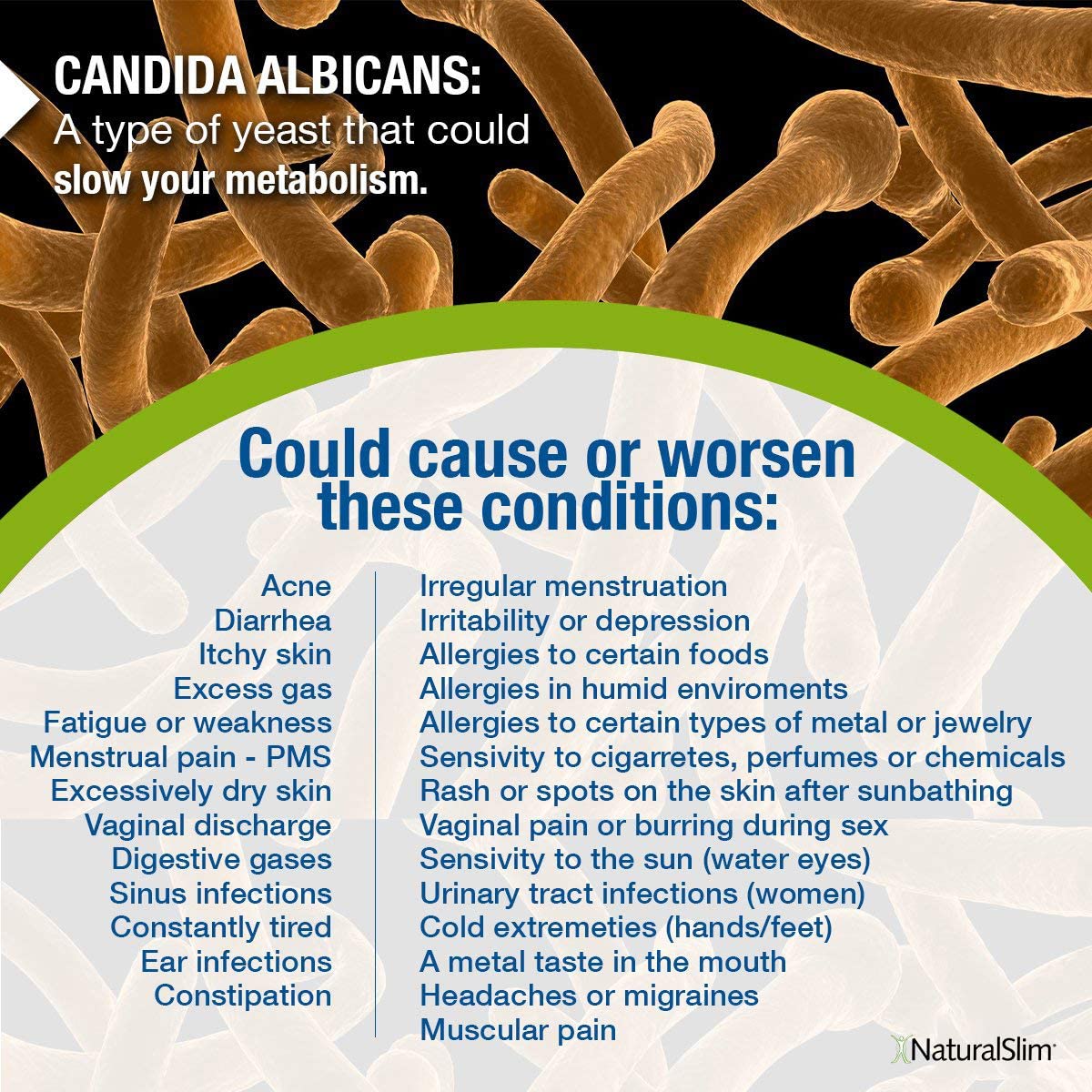
Top Picks
Infectious diseases: basic facts and symptoms
Contents
- 1 Infectious diseases: important information and useful tips
- 1.1 What is an infectious disease
- 1.2 How does infection occur
- 1.2.1 Contact route of transmission of infections
- 1.2.2 Airborne transmission of infections
- 1.2.3 Through the digestive tract
- 1.3 Symptoms of infectious diseases
- 1.
 4 Main types of infectious diseases
4 Main types of infectious diseases- 1.4.1 Viral infections
- 1.4.2 Bacterial infections
- 1.4.3 Parasitic infections
- 1.4.4 Fungal infections
9000 8
- 1.5 How to prevent infection?
- 1.6 Diagnosis of infectious diseases
- 1.7 Treatment of infectious diseases
- 1.7.1 Administration of antibiotic therapy
- 1.7.2 Individual approach to treatment
- 1.7.3 Control of the treatment process
- 1.8 How to prevent the spread of infectious diseases?
- 1.8.1 Practice good hygiene
- 1.8.2 Encourage vaccinations
- 1.8.3 Be careful when dealing with sick people
- 1.8.4 Maintain immunity
9000 5 1.9 Infectious diseases in different age groups
- 1.10 Features of treatment infectious diseases at home
- 1.10.1 Compliance with the diet and diet
- 1.10.2 Using traditional methods
- 1.10.3 Taking medication
- 1.
 10.4 Maintaining hygiene
10.4 Maintaining hygiene
- 1.11 When to see a doctor if you suspect an infectious disease
- 1.12 Question-answer:
- 1.12. 0.1 What are the most common infectious diseases?
- 1.12.0.2 How can you protect yourself from infectious diseases?
- 1.12.0.3 What are the causes of infectious diseases?
- 1.12.0.4 What symptoms indicate an infectious disease?
- 1.12.0.5 What is the procedure for diagnosing infectious diseases?
- 1.12.0.6 How are infectious diseases treated?
- 1.13 Related videos:
Find out how infection with various infectious diseases occurs, what needs to be done to prevent and treat them. Important information about symptoms and diagnostic methods. Read on the site and be healthy!
Infectious diseases have become a real problem for mankind. Despite advances in medical science and technology, viruses and bacteria continue to threaten our health and lives.:max_bytes(150000):strip_icc()/TipstoPreventingRecurringYeastInfections_5206120_Color-ffe9c4aa2d794c37a5ac4c6853ec3147.jpg) Domestic and foreign scientists continue to investigate the causes and mechanisms of the development of diseases, develop new methods of diagnosis and treatment.
Domestic and foreign scientists continue to investigate the causes and mechanisms of the development of diseases, develop new methods of diagnosis and treatment.
Infectious diseases can occur not only due to contact with an infected person, but also due to poor hygiene, malnutrition or a cold infection that has not been cured in a timely manner. The risk of contracting a certain disease depends on many factors, such as age, general health, the presence of chronic diseases, and the degree of exposure to the pathogen.
It is important not only to be aware of existing infectious diseases, but also to take all necessary measures to prevent them. As practice shows, the best treatment is the prevention of diseases. Take care of your health and be attentive to your surroundings!
What is an infectious disease
An infectious disease is a disease caused by viruses, bacteria, fungi or other microorganisms. They can infect our body through the skin, mucous membranes, respiratory tract and digestive system.
Infectious diseases can range in severity from mild cold symptoms to life-threatening conditions. They can also be spread from person to person, so it is important to practice good hygiene to avoid becoming infected or passing the infection on to other people.
If symptoms of an infectious disease occur, such as fever, cough, sore throat, diarrhea or other symptoms, a physician should be consulted for diagnosis and treatment. Early detection and treatment of an infectious disease can significantly reduce its severity and prevent possible complications.
Prevention of infectious diseases may include vaccinations, hygiene and preventive measures, such as avoiding contact with sick people or using protective equipment (masks, gloves).
In general, knowing what an infectious disease is and how it is transmitted will help prevent it and protect yourself and others from possible infection.
How infection occurs
Positive
0%
Negative
0%
Neutral
0%
Contact transmission of infections
Contact transmission of infections occurs through close contact with an infected person, through the skin, mucous membranes or through intermediaries such as clothing, utensils, handshakes and others general items.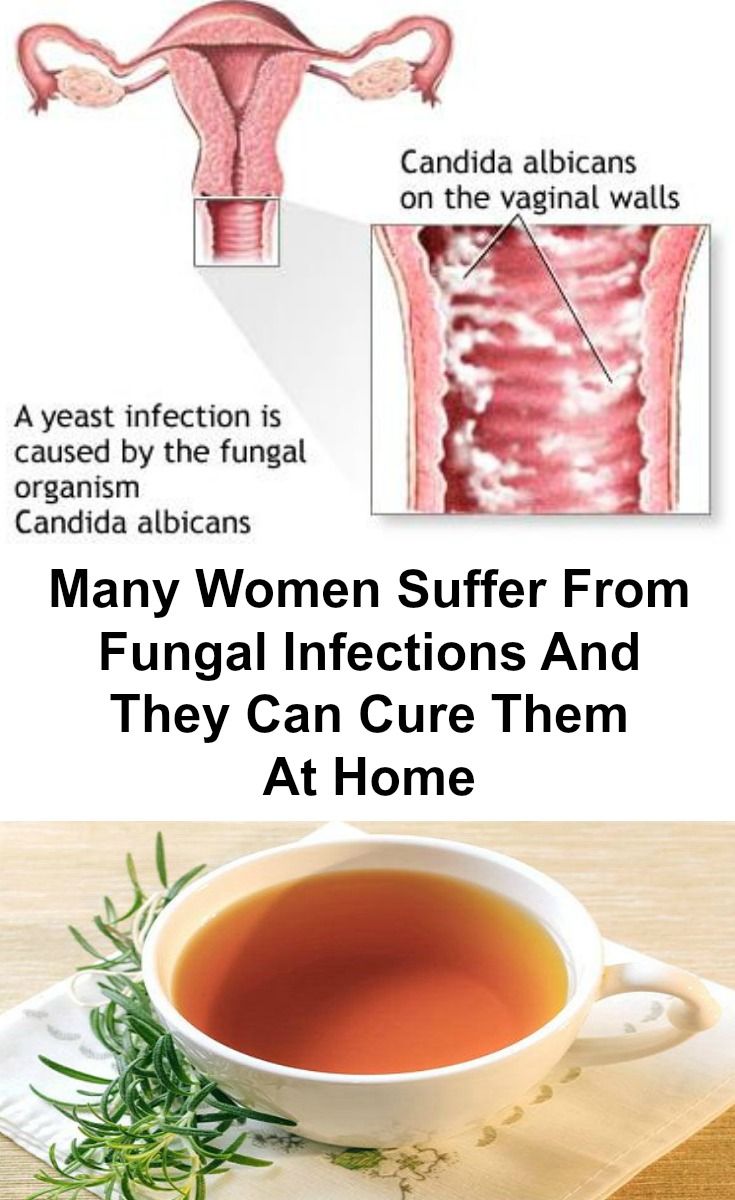
- Contact with infected skin (wounds, specific rashes).
- Contact with mucous membranes (salivary, vulva, eyes, nose).
- Contact with secretions (saliva, sputum, feces, urine, blood, etc.).
- Contusion or tissue damage due to abrasions, putrid wounds, etc.
Airborne transmission of infections
Airborne transmission of infections is the most effective way of spreading diseases through the air through coughing, sneezing or talking.
- Extremely microscopic and invisible to the eye, droplets can carry various infectious agents by air.
- Harmful microorganisms can also move freely in the air, in combination with dust or other particles.
- The airborne route is characteristic of respiratory diseases (influenza, pneumonia, measles, whooping cough and others).
Through the digestive tract
Through the digestive tract, infections are transmitted through the consumption of contaminated food or water that contains pathogens.
- Poorly hygienic eating can lead to the transmission of microorganisms and cause a number of diseases such as hepatitis A, salmonellosis, escherichiosis and other infectious diseases.
- Tap water contaminated with pathogens can also be a major source of food poisoning.
Symptoms of infectious diseases
Infectious diseases are diseases that cause pathogens inside the body. These pathogens can be different, for example, they are bacteria, viruses or fungi. Symptoms of infectious diseases can manifest themselves in different ways depending on the type of pathogen.
One of the common characteristics of the symptoms is an increase in body temperature, there may also be severe headaches, muscle and joint pain, weakness and fatigue, decreased appetite and sleep disturbance.
Bacterial infections are characterized by skin lesions, itching, blemishes and pimples. There is a violation of the functioning of the gastrointestinal tract, that is, a violation of the stool (diarrhea or constipation), nausea and vomiting. Among fungal infections, the most common symptoms are itching, redness, cracking, and hair loss.
Among fungal infections, the most common symptoms are itching, redness, cracking, and hair loss.
Symptoms of viral infections can manifest themselves in a variety of ways – cough, nasal congestion, burning and itching in the eyes, sore throat, respiratory failure. In women, the manifestation of viral infections can be genital herpes, which is accompanied by itching, redness and rashes on the genitals. In case of manifestation of any symptoms, it is necessary to consult a doctor for the appointment of the correct treatment.
- Sore throat is one of the most common symptoms of respiratory diseases, due to the presence of an inflammatory process.
- High fever – occurs as a result of the body’s immune system fighting against infection, usually accompanied by headache, weakness and loss of appetite.
- Gastrointestinal disorder – occurs if there are bacteria in the body, the poisons of which cause intoxication.

Major infectious diseases
Viral infections
viral infections are caused by a variety of viruses and may present with a variety of symptoms, including fever, rash, cough, sore throat or headache. Some of the more common viral infections include the flu, the common cold, chicken pox, and hepatitis B and C.
Bacterial infections
Bacterial infections are caused by bacteria including Streptococcus, Staphylococcus and Neisseria. They can manifest as urinary tract infections, pneumonia, skin infections, gastrointestinal infections, and others. Bacterial infections can be treated with antibiotics.
Parasitic infections
Parasitic infections are caused by parasites that can enter the body through food or insect bites. They can manifest as gastrointestinal infections, damage to the liver or lungs, or lead to illnesses such as malaria.
Fungal infections
Fungal infections are caused by fungi that can affect the skin or respiratory tract. Examples include yeast infections, candidiasis, sporotrichosis, and histoplasmosis.
Examples include yeast infections, candidiasis, sporotrichosis, and histoplasmosis.
How to prevent infection?
Infectious diseases can be transmitted through droplets of air, so you can reduce the risk of infection by simply wearing a face mask in all public places. Also, wash your hands regularly with soap or alcohol-based hand rub to reduce the chance of infection.
Remember social distancing: keep your distance from people and avoid large crowds. In addition, it is recommended to regularly ventilate the premises and use humidifiers to reduce the amount of virus particles in the air.
Don’t forget about proper nutrition and regular intake of vitamins, as a strong immune system helps fight infections. Also, avoid contact with contaminated surfaces such as doorknobs, tables, or ATMs, and do not touch your face unnecessarily.
- Wear a mask
- Wash your hands
- Maintain social distance
- Ventilate areas
- Eat healthy
- Avoid contact with contaminated surfaces
By following these simple precautions, you can reduce your risk of contracting infectious diseases and protect yourself and your loved ones. Be responsible and caring!
Be responsible and caring!
Diagnosis of infectious diseases
Diagnosis is one of the most important stages in the treatment of infectious diseases. For a correct diagnosis, it is necessary to take into account the symptoms, anamnesis, clinical examination, laboratory studies and instrumental research methods.
Laboratory methods, such as bacteriological examination, immunological tests, molecular biological methods of research, help to identify the causative agent of the disease.
Of particular importance are the methods of instrumental diagnostics, such as ultrasound, radiography, CT and MRI, which allow you to determine the nature of damage to organs and tissues.
Diagnosis of infectious diseases is a complex and multidisciplinary process that requires a specialized approach in each case. However, proper diagnosis allows you to accurately determine the nature of the disease and conduct effective treatment.
Treatment of infectious diseases
Administering antibiotics
Antibiotics are often used to fight bacterial infections. However, the appointment of a particular drug should be carried out only by a doctor based on the analysis of a bacterial culture.
However, the appointment of a particular drug should be carried out only by a doctor based on the analysis of a bacterial culture.
It is important to understand that antibiotics do not work against viruses, so their use for flu or colds is pointless. In addition, the misuse of antibiotics leads to the formation of drug resistance in bacteria, which complicates treatment and poses a threat to society as a whole.
Individual approach to treatment
In the treatment of infectious diseases, it is important to take into account the age and health of the patient. For example, for influenza in children under 6 years of age, it is recommended to use a special form of drugs.
Also, for certain chronic diseases, it is necessary to use complex treatment and use antibiotics with caution.
Monitoring the process of treatment
It is important not only to prescribe medicines correctly, but also to monitor their intake. Incorrect use of drugs or interruption of the course of treatment can lead to relapses and complications.
In the treatment of infectious diseases, it is also necessary to monitor the state of health and, if necessary, adjust the therapy. If the patient does not feel improvement after several days of treatment, it is necessary to consult a doctor to review the treatment course or conduct additional studies.
How to prevent the spread of infectious diseases?
Practice good hygiene
Hygiene plays an important role in preventing the spread of infections. Proper hand washing before eating, after contact with sick people and visiting public places helps to avoid many infectious diseases. Don’t forget to clean clothes, bedding, floors, and everyday items.
Call for vaccinations
Many infectious diseases can be prevented by vaccination. Try to encourage everyone who can receive them for medical reasons to get vaccinated. It helps not only these people, but also everyone around. Remind that vaccinations are an important preventive measure and beware of myths about their harm, which can lead to undesirable consequences.
Be careful when dealing with sick people
When dealing with people with infectious diseases, care must be taken. Wear a mask, gloves and protective clothing if necessary. If you have already had contact with a sick person, contact your doctor and find out what measures to take to avoid infection.
Boost your immunity
A strong immune system will help you fight various infections. Eat right, maintain a healthy lifestyle, get enough sleep and rest. At the first signs of the disease, do not postpone a visit to the doctor – for a quick recovery, you need to know the cause of the disease and prescribe an effective treatment.
Infectious diseases in different age groups
Different groups of people may be susceptible to different infectious diseases. For example, respiratory infections such as RSV and influenza are most common in newborns and infants. They can also become infected with dangerous bacteria such as meningococci and staphylococci. These infections can cause serious complications and even death, so precautions must be taken when working with newborns and infants.
These infections can cause serious complications and even death, so precautions must be taken when working with newborns and infants.
Young children can also be exposed to various infectious diseases such as chicken pox, measles and rubella. These illnesses can cause high fever, skin rashes, and other unpleasant symptoms. Therefore, it is important to monitor the health of children and vaccinate them against infections in a timely manner in order to prevent the development of these diseases.
In adolescents and adults, bacterial infections such as tonsillitis, sinusitis and pneumonia are the most common. They can be caused by bacteria such as streptococci and pneumococci and can lead to serious complications if left untreated. Therefore, it is important to consult a doctor in a timely manner at the first signs of illness and monitor your health in order to avoid the development of these infections.
- Conclusions:
- In different age groups, different infectious diseases may be characteristic.

- Some infections can lead to serious complications, especially in children.
- It is important to take precautions and consult a doctor promptly at the first sign of illness.
Features of the treatment of infectious diseases at home
Compliance with the diet and diet
For effective treatment of infectious diseases, it is important to follow the regime and eat right. Get enough rest and sleep so that your body can fight infection more effectively. It is also necessary to monitor nutrition and drink enough water to help eliminate toxins from the body.
Using traditional methods
At home, you can use traditional methods of treatment, such as heat compresses, herbal tinctures and other folk remedies. Such methods help to reduce symptoms and speed up the healing process, but their use should be agreed with the doctor.
Medications
Treating infectious diseases at home may include medication prescribed by a doctor. It is necessary to monitor the dosage and duration of the course of administration in order to avoid side effects and ensure maximum effectiveness of the treatment.
It is necessary to monitor the dosage and duration of the course of administration in order to avoid side effects and ensure maximum effectiveness of the treatment.
Hygiene
Hygiene is one of the most important factors in the treatment of infectious diseases at home. Frequent hand washing and disinfection of surfaces, separate bedding and utensils for infected family members, and other measures to prevent the spread of infection should be followed.
When to see a doctor if you suspect you have an infectious disease
Infectious diseases come in many forms and manifest themselves in different ways. However, regardless of the symptoms, you should consult a doctor if signs of illness persist for more than a few days.
If you have a high temperature, headache, severe weakness and general malaise, you should call a doctor at home or go to a medical facility as soon as possible.
It is also worth seeing a specialist if you have severe abdominal pain, diarrhea or vomiting that does not stop, as well as loss of appetite and dehydration.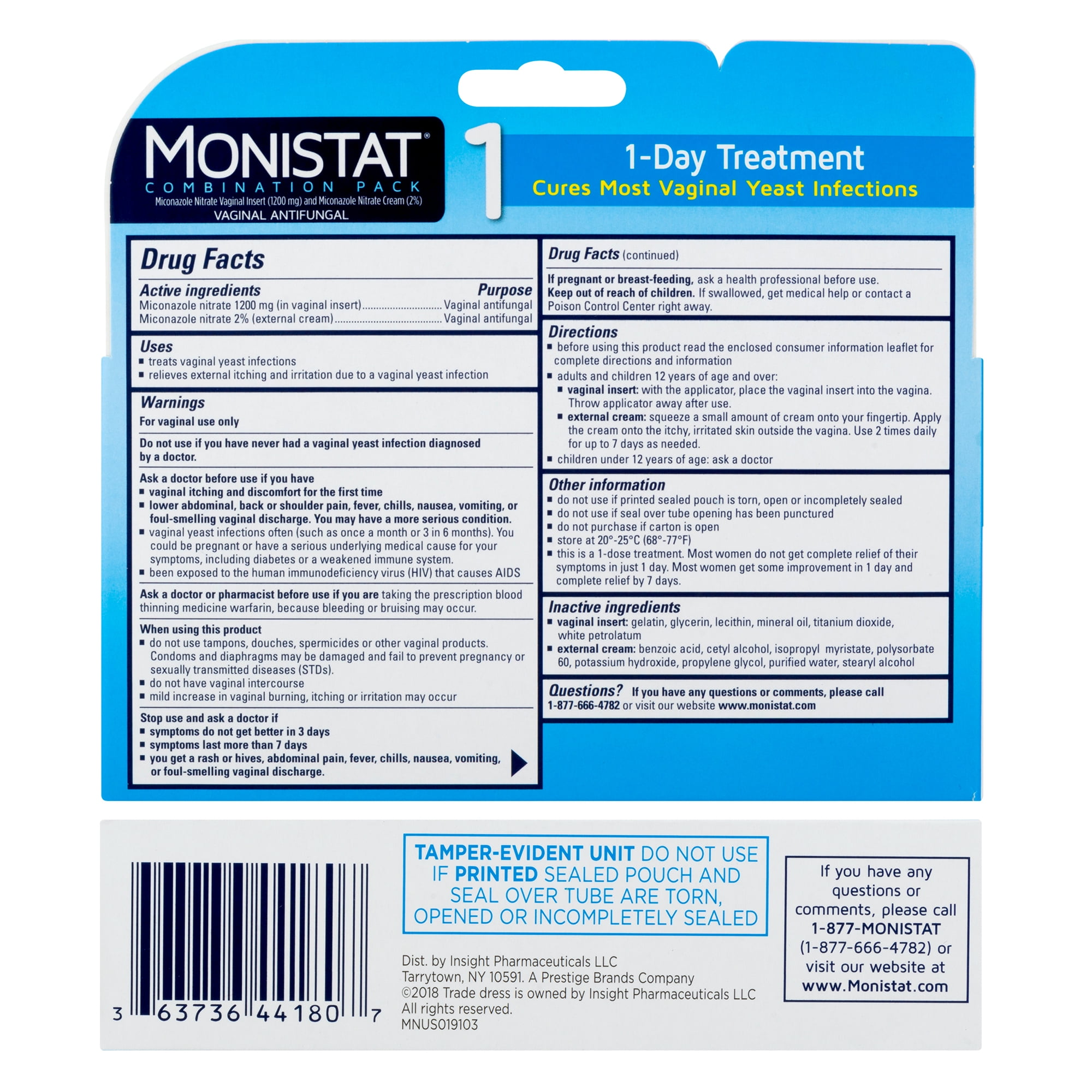
If you have skin rashes, muscle weakness, respiratory problems, severe sore throat, or cardiovascular problems, you should also see your doctor.
In addition, if you have been in contact with a person who has been infected with a disease, you should see a doctor for preventive examination and treatment.
Seek medical attention as some infectious diseases can lead to serious complications and some can be fatal.
Q&A:
What are the most common infectious diseases?
The most common infectious diseases are influenza, SARS, intestinal infections, tuberculosis, hepatitis, human immunodeficiency virus (HIV) and syphilis. However, there is still a huge number of rare, but no less dangerous diseases caused by various microorganisms.
How can you protect yourself from infectious diseases?
Basic measures to prevent infectious diseases include good hygiene, regular handwashing, proper nutrition, avoidance of contact with sick people, vaccinations and the use of antiseptics. It is also worth monitoring your health, strengthening your immune system and avoiding overwork.
It is also worth monitoring your health, strengthening your immune system and avoiding overwork.
What are the causes of infectious diseases?
Infectious diseases are caused by microorganisms—bacteria, viruses, fungi, and protozoa—that can be transmitted through air, blood, food, household items, etc. The cause of infections can also be weakened immunity, which cannot successfully fight pathogenic microorganisms.
What are the symptoms of an infectious disease?
The symptoms of an infectious disease may vary depending on the type of disease. However, common symptoms may include fever, weakness, headache, nausea, vomiting, diarrhea and diarrhea, cough, runny nose, and body aches. More severe illnesses may have painful skin rashes or abnormal heart rhythms.
What is the procedure for diagnosing infectious diseases?
Various methods can be used to diagnose infectious diseases, including blood and urine tests, microbiology, antibody tests, and polymerase chain reaction (PCR). The diagnostic procedure depends on the type of disease and the symptoms that the patient presents.
The diagnostic procedure depends on the type of disease and the symptoms that the patient presents.
How are infectious diseases treated?
Treatment of infectious diseases may include the use of antibiotics, antivirals, drugs that strengthen the immune system, and symptomatic therapy aimed at eliminating unpleasant symptoms. Treatment depends on the severity of the disease and its causes, so you should consult a doctor who will determine the best course of treatment in each case.
Related videos:
What diseases can parasites cause in the human body
Content
- 1 What diseases can be caused by parasites?
- 1.1 Flatworm diseases
- 1.1.1 Cestodosis
- 1.1.2 Trematodosis
- 1.2 Roundworm disease
900 05 1.
 3 Diseases caused by trematodes
3 Diseases caused by trematodes - 1.1 Flatworm diseases
- 1.4 Diseases caused by parasitic insects
- 1.4. 1 Lice
- 1.4.2 Ticks
- 1.4.3 Blood sucking flies
- 1.5 Diseases caused by ticks
- 1.5.1 Tick-borne borreliosis
- 1.5.2 Tick-borne encephalitis
- 1.5.3 Anaplasmosis
- 1.5.4 Rickettsiosis
- 6 Diseases caused by parasitic fungi
- 1.7 Protozoa: invisible killers in the human body
- 1.7.1 Diseases caused by protozoa
- 1.8 Diseases caused by microscopic parasites
- 1.8.1 Malaria
- 1.8.2 Trichomoniasis
- 1.8.3 Leishmaniasis
- 1.9 How to prevent parasite infestation
- 1.9.1 Maintain personal hygiene
- 1.9.2 Drink only clean water
- 1.9.3 Never eat undercooked food
9000 5 1.9.4 Check your pets for parasites
- 1.9.5 Take care of your health
- 1.
 10.0.1 How often are parasites found in the human body?
10.0.1 How often are parasites found in the human body? - 1.10.0.2 What symptoms may indicate the presence of parasites in the body?
- 1.10.0.3 Which parasites commonly cause disease in humans?
- 1.10.0.4 How do parasites enter the human body?
- 1.10.0.5 How can parasites be avoided?
- 1.10.0.6 What are the effects of parasitic disease on the human body?
- 1.
Find out which dangerous diseases can be transmitted by parasites, how to get them and how to protect yourself from them. Detailed information on the transmission of echinococcosis, toxoplasmosis, malaria and other diseases.
Unfortunately, no matter how hard we try to protect our health, our body can become a victim of parasites that can cause various diseases. Parasites are microscopic organisms that live inside or on the surface of our body tissues. They can be transmitted through the surface of the skin, contact with affected animals, or through food and drink.
Many people underestimate the possibility of infection with parasites and believe that the immune system will cope with any infection. However, if the parasites take over our body, they begin to multiply and cause various diseases such as helminthic infections, malaria, trypanosome infections and others.
In this article, we will look at the most common parasitic diseases and how they can be prevented. You’ll learn what symptoms indicate an infection, how to diagnose and treat parasitic infections, and how to avoid future infections.
Diseases caused by flatworms
Cestodosis
Tapeworms (cestodes) cause cestodosis that can damage the intestines and other organs of a person. One common cestodosis, tenidiosis, is caused by eating raw pork meat. Symptoms may include abdominal pain, diarrhea, anemia, and weight loss. Invasion of the brain can also very rarely occur, causing neurological problems.
In other types of cestodiasis, such as echinococcosis, the tapeworm can enter the brain, lungs, and liver. These illnesses can lead to great severity, and even death, if they are not treated effectively.
These illnesses can lead to great severity, and even death, if they are not treated effectively.
Sedentary (less than 5000 steps)
0%
Sedentary (5000 to 10000 steps)
0%
Active (more than 10000 steps)
900 02 0%
Trematodes
Trematodes, another type of flatworm, can cause trematodes. In these diseases, the bee worm enters a person through the consumption of crabs, fish or crustaceans. Symptoms typically include abdominal pain, weakness, mental confusion, and fever. Some species of trematodes are found as octopods, which can be used as a delicacy. Therefore, in addition to soaking in water, against the worm it is necessary to produce heat treatment in food.
Thus, flatworms can cause serious diseases that can damage human organs and even lead to death. Therefore, it is very important to be examined and treated if parasitic diseases are suspected.
Diseases caused by roundworms
Roundworms can cause various diseases that can lead to serious consequences for human health. One such disease is ascariasis.
One such disease is ascariasis.
Ascariasis is a disease caused by roundworms, which are most common in countries with poor hygiene. They can enter the human body through food, water or contaminated soil.
Symptoms of ascariasis may include attacks of stomach pain, nausea and vomiting, shortness of breath, cough, wheezing and fever.
Ascariasis is treated with special preparations such as Albendazole or Mebendazole. However, to prevent infection with ascariasis, it is best to follow simple hygiene rules, such as wash your hands before eating, drink only clean water, and monitor the quality of food preparation.
Diseases caused by roundworms can be very serious, so hygiene and care in food selection and preparation are key to preventing such diseases.
Fluke diseases
Flukes are a group of parasites that can cause various diseases in humans. They all have a flat, ribbon-like body that helps them attach to the walls of the intestines and other organs.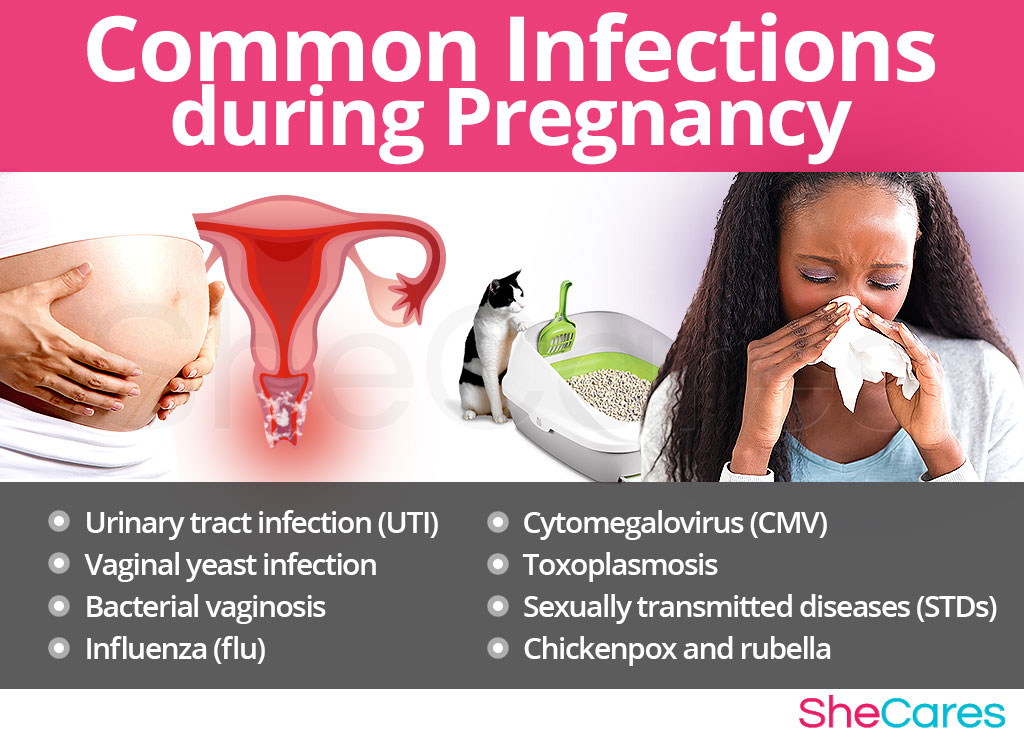
Fasciolosis is an infection caused by the parasite Fasciola hepatica. It causes inflammation of the liver and gallbladder and can cause jaundice, weakness, and severe abdominal pain.
Paragonimiasis is an infection caused by the parasite Paragonimus westermani that affects the lungs and brain. Symptoms may include cough, chest pain, headaches, and muscle weakness.
Schistosomiasis is an infection caused by short schistosomes that affect the intestines and urinary system. This can lead to chronic bladder and kidney disease, as well as bleeding in the intestines.
- Digeniasis is an infection caused by the Digenetic trematodes parasite that can affect the liver, lungs, gallbladder, and other organs. Symptoms may include weight loss, weakness, and anemia.
- Echinostomiasis is an infection caused by the Echinostoma parasite that can affect the intestines and stomach.
 Symptoms may include nausea, vomiting, diarrhea, and severe abdominal pain.
Symptoms may include nausea, vomiting, diarrhea, and severe abdominal pain.
The presence of trematodes in the human body can lead to serious illness, so measures must be taken to prevent and treat infection.
Diseases caused by parasitic insects
Lice
Lice are parasitic insects that live on human skin. They can cause itching, irritation, and sometimes damage to the skin. Also, lice can transmit diseases such as ha-ta fever, typhus and yeast fever.
Ticks
Ticks are responsible for the transmission of various infections, including borreliosis, tick-borne encephalitis and rickettsia. The mites climb onto the skin and bury their heads in the skin to suck blood. They can be very small, so it is important to be careful and use repellents when hiking in the woods or in nature.
Blood sucking flies
Blood sucking flies cling to the skin to suck blood. They can be carriers of diseases such as sleeping sickness, leishmaniasis, and glisteria nigra. It is important to protect yourself from these insects by using insect repellants and wearing closed clothing in unfamiliar areas.
It is important to protect yourself from these insects by using insect repellants and wearing closed clothing in unfamiliar areas.
Some diseases that can be transmitted by parasitic insects: Insect parasite Transmissible diseases
Tick-borne diseases
Tick-borne borreliosis
Tick-borne borreliosis, also called Lyme disease, is caused by bacteria of the genus Borrelia, which are transmitted to humans through the bite of an infected tick. Symptoms of the disease may include skin rash, fever, headaches, muscle and joint pain. Lyme disease can lead to serious complications, including inflammation of the brain and nervous system.
Tick encephalitis
Tick encephalitis is caused by a virus transmitted by the bite of an infected tick. Symptoms may include headache, fever, nausea, and vomiting, and in more severe cases, seizures, decreased consciousness, and dysmotility. Tick encephalitis can lead to serious consequences, including injury and even death.
Tick encephalitis can lead to serious consequences, including injury and even death.
Anaplasmosis
Anaplasmosis is caused by the bacterium Anaplasma phagocytophilum, which is transmitted by the bite of a tick. Symptoms of anaplasmosis may include fever, headache, muscle pain, and fatigue. In more serious cases, anaplasmosis can lead to pneumonia or inflammation of the brain.
Rickettsiosis
Rickettsia is a group of diseases caused by various species of bacteria of the genus Rickettsia, which are transmitted by the bite of a tick. Symptoms may include fever, headache, muscle pain, and skin rash. Complications can include pneumonia, destruction of red blood cells, and even cardiac arrest.
Diseases caused by parasitic fungi
Parasitic fungi can cause various diseases in humans. One of the most common is candidiasis, which is caused by the fungus Candida albicans. This fungus can infect various parts of the body such as the mouth, skin, vagina, and intestines. Symptoms of candidiasis may include itching, redness, swelling, discharge, and pain. Candidiasis often occurs in people with a weakened immune system, such as people receiving chemotherapy or with HIV infection.
Symptoms of candidiasis may include itching, redness, swelling, discharge, and pain. Candidiasis often occurs in people with a weakened immune system, such as people receiving chemotherapy or with HIV infection.
Another common disease caused by a fungus is aspergillosis. This disease is caused by the fungus Aspergillus, which is often found in the environment, such as soil, dampness, and dust. Aspergillosis can affect the lungs, causing coughing, difficulty breathing, and chest pain. It can also affect the skin, eyes, and ears. Aspergillosis can occur in people with weakened immune systems, such as people receiving organ transplants or receiving chemotherapy.
- Candidiasis: a disease of the skin, mouth, vagina and intestines caused by the fungus Candida albicans;
- Aspergillosis: disease of the lungs, skin, eyes and ears caused by the fungus Aspergillus;
If you have any symptoms associated with these diseases, you should consult a doctor for diagnosis and treatment. Some parasitic fungi can be life-threatening, so treatment should be medical and under the guidance of a specialist.
Some parasitic fungi can be life-threatening, so treatment should be medical and under the guidance of a specialist.
Protozoa: invisible killers in the human body
Diseases caused by protozoa
Protozoa are microscopic organisms that can infect humans through water, soil, food or direct contact with contaminated objects. As a result of their penetration into the body, the most serious diseases can develop.
People infected with protozoa can experience a wide range of symptoms, from allergic reactions and eczema to liver, lung and other organ problems. Some protozoa are the cause of diseases such as malaria, amoebiasis, toxoplasmosis, and yeast dermatitis.
One of the most common disease-causing protozoa is Giardia lamblia, which causes the disease giardiasis. Affected individuals experience excessive curiosity for new foods, loss of appetite, weight loss, heartburn and abdominal pain. With a long course of the disease, a violation of the nervous system is observed, clouding of consciousness and convulsions develop.
Another common protozoan is Cryptosporidium parvum, which causes the disease cryptosporidiosis. Due to their high resistance to heat and chemicals, these microorganisms can survive for a long time. Symptoms of cryptosporidiosis are diarrhea, nausea, vomiting, abdominal pain, and weight loss. In immunocompromised people, the disease can be fatal.
- Giardiasis is a disease caused by the protozoan Giardia lamblia. Manifested by eczema, curiosity for new foods, heartburn and other symptoms.
- Cryptosporidiosis is a disease caused by the protozoan Cryptosporidium parvum. Symptoms include diarrhea, nausea, abdominal pain and weight loss.
Diseases caused by microscopic parasites
Malaria
Malaria is a disease transmitted by mosquito bites that affects the blood and internal organs of a person. It is caused by single-celled Plasmodium parasites, which come in many different species. Transmission of protozoars can also occur through blood transfusion or the use of non-sterile instruments.
Transmission of protozoars can also occur through blood transfusion or the use of non-sterile instruments.
Symptoms of malaria include fever, anemia, muscle and joint pain, painful headaches and convulsions, constipation and diarrhoea.
Trichomoniasis
Trichomoniasis is a sexually transmitted infection caused by the single-celled parasite Trichomonas vaginalis that affects the internal organs of women and the genitourinary system of men.
Symptoms of trichomoniasis include itching, burning and pain when urinating, genital discharge, lower abdominal pain, menstrual irregularities, and increased susceptibility to prostate and prostate infections.
Leishmaniasis
Leishmaniasis is a sand fly-borne disease caused by small, single-celled parasites called Leishmania that infect the skin, internal organs, and blood.
Symptoms of leishmaniasis may include rashes, skin ulcers and infections, fever, inflammation of the liver and spleen, blood disorders, and damage to the lymphatic system.
- Malaria;
- Trichomoniasis;
- Leishmaniasis.
How to prevent infestation
Maintain personal hygiene
It is very important to maintain personal hygiene in order to avoid infestation. Wash your hands regularly with soap and water, especially after using the toilet and before eating. It is also necessary to monitor the cleanliness of kitchen utensils and appliances.
Drink only clean water
Water can be a good source of parasite infestation. It is necessary to drink only purified water and drink it from reliable sources. If you doubt the quality of water, you can boil it before drinking.
Never eat undercooked food
Undercooked food may contain parasites that can cause serious illness. It is necessary to monitor the cooking temperature and make sure that the food is sufficiently cooked before eating it.
Check your pets for parasites
Animals can carry parasites that can be transmitted to humans.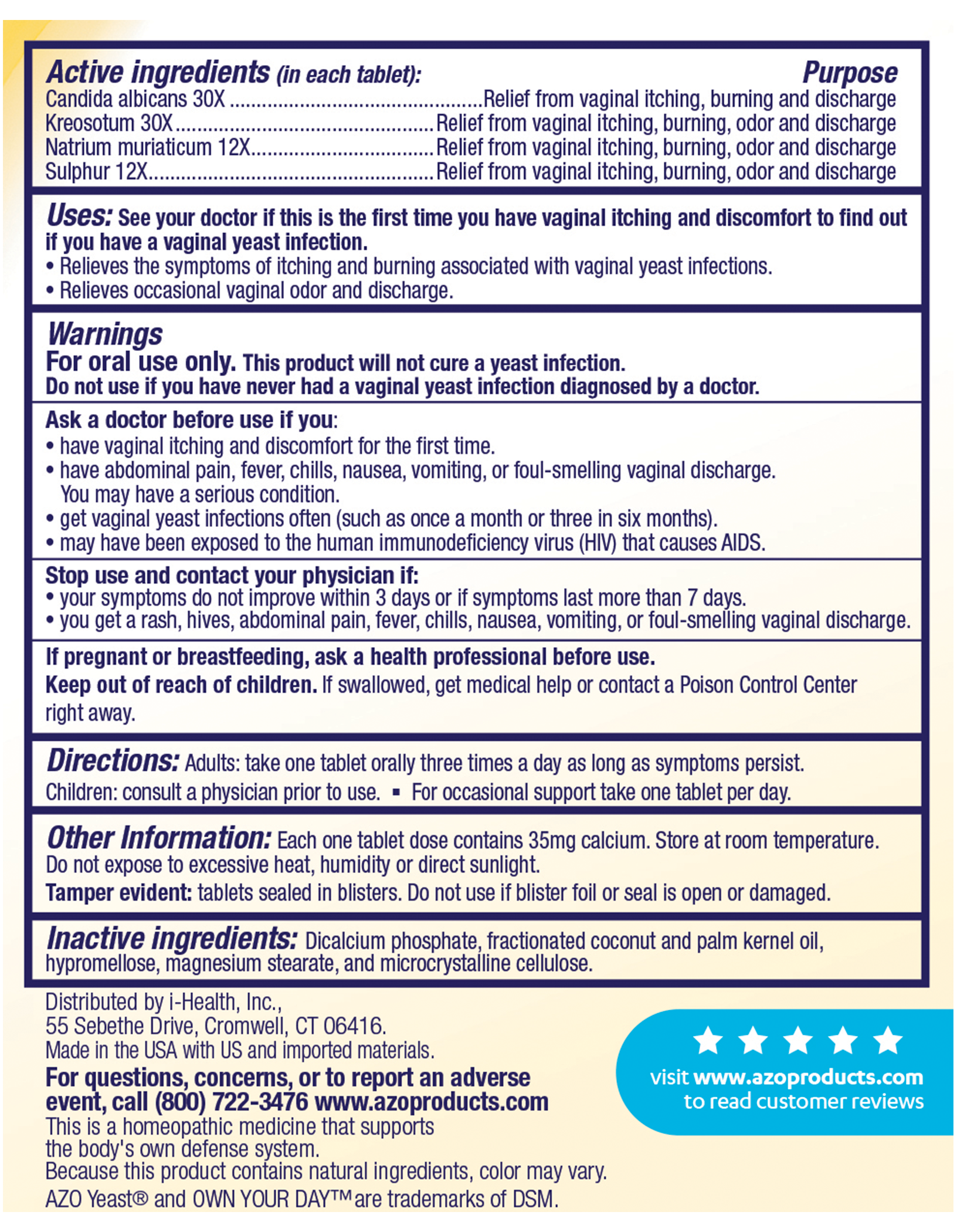 Pets should be checked regularly for parasites and treated if necessary.
Pets should be checked regularly for parasites and treated if necessary.
Take care of your health
If you suspect that you are infected with parasites, you should consult a doctor. Regular medical examinations and preventive measures will allow timely detection and treatment of parasitic diseases.
- By following the simplest rules of hygiene, you can minimize the risk of infestation.
- It is necessary to monitor the quality of drinking water and pay attention to the quality and preparation of food.
- Taking care of your pets responsibly and taking care of them will also help you avoid infection.
- Regular medical check-ups and consultations with a doctor will help to detect and treat diseases associated with parasites in a timely manner.
Q&A:
How common are parasites in the human body?
This depends on many factors, including the degree of hygiene and living conditions. In general, parasites are quite common in the human body.
What symptoms may indicate the presence of parasites in the body?
Symptoms may include fatigue, constant sleepiness, loss of appetite, diarrhea, abdominal pain, bloating, weight loss, skin problems, etc. However, many of these symptoms may be associated with other diseases, so an accurate diagnosis can only be delivered after passing the appropriate tests and analyzes.
Which parasites commonly cause disease in humans?
Among the most common parasites that cause disease in humans are roundworms, trichines, intestinal amoebae, giardia, common opisthorchia, toxoplasmosis, malaria and drosophilariasis.
How do parasites enter the human body?
Parasites can enter the human body through food and water contaminated with parasite eggs or larvae, and through the bites of insects such as mosquitoes or flies. It is also possible to become infected through contact with infected animals.
How can parasites be avoided?
There are a number of measures that can be taken to help avoid infestation.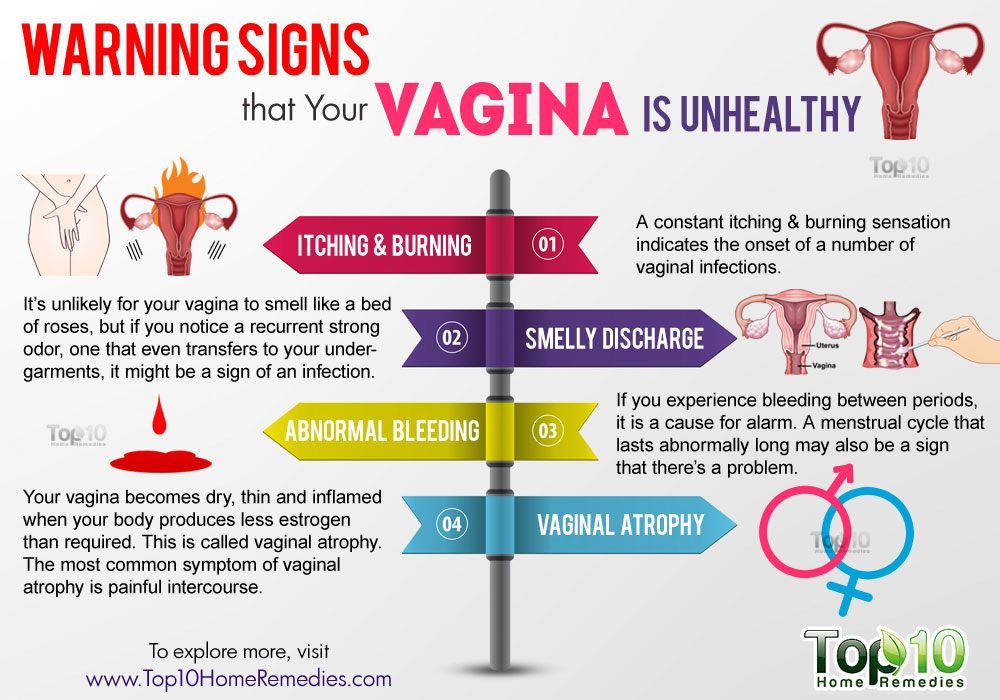

 4 Main types of infectious diseases
4 Main types of infectious diseases 10.4 Maintaining hygiene
10.4 Maintaining hygiene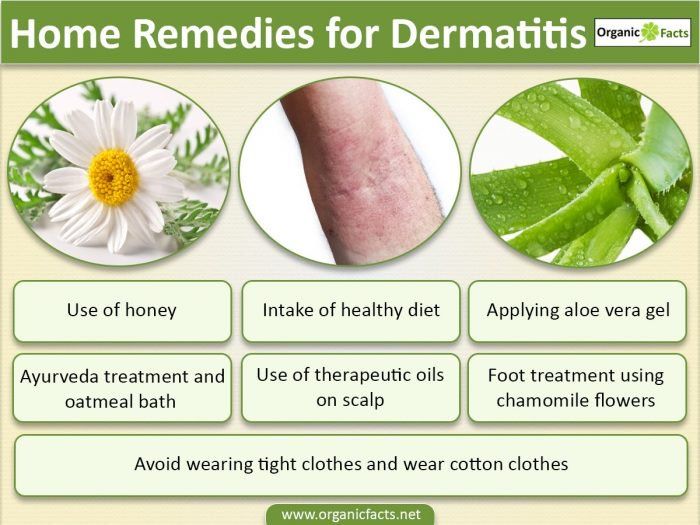

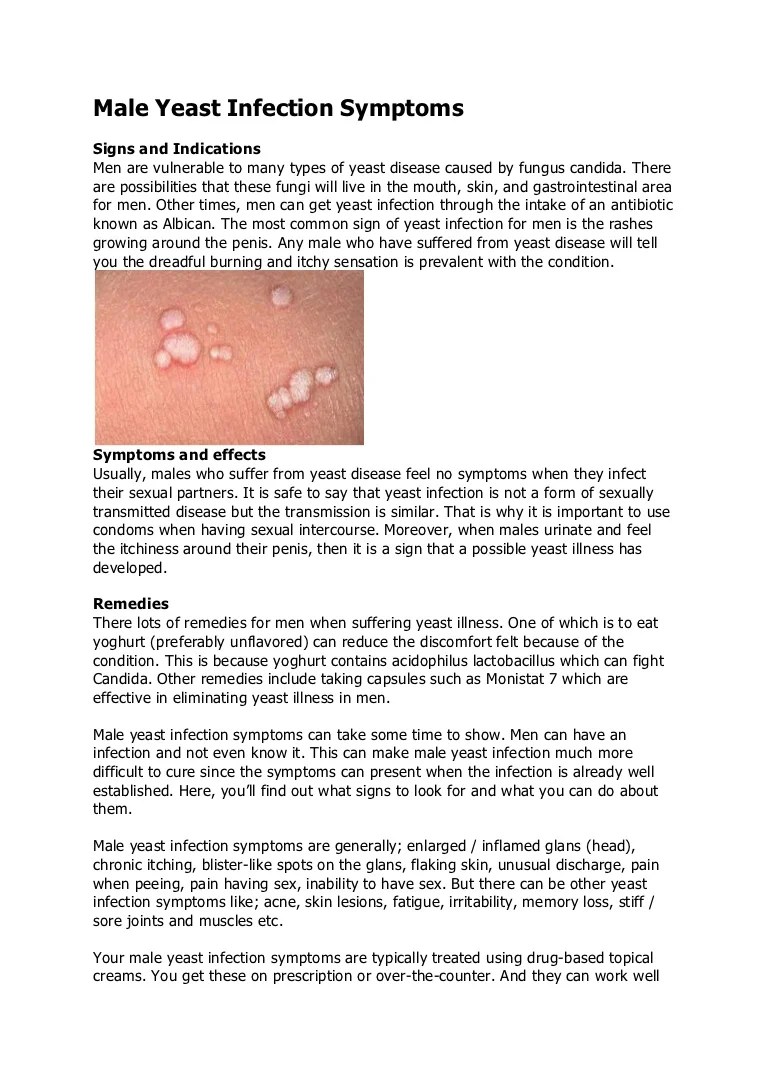 3 Diseases caused by trematodes
3 Diseases caused by trematodes 10.0.1 How often are parasites found in the human body?
10.0.1 How often are parasites found in the human body?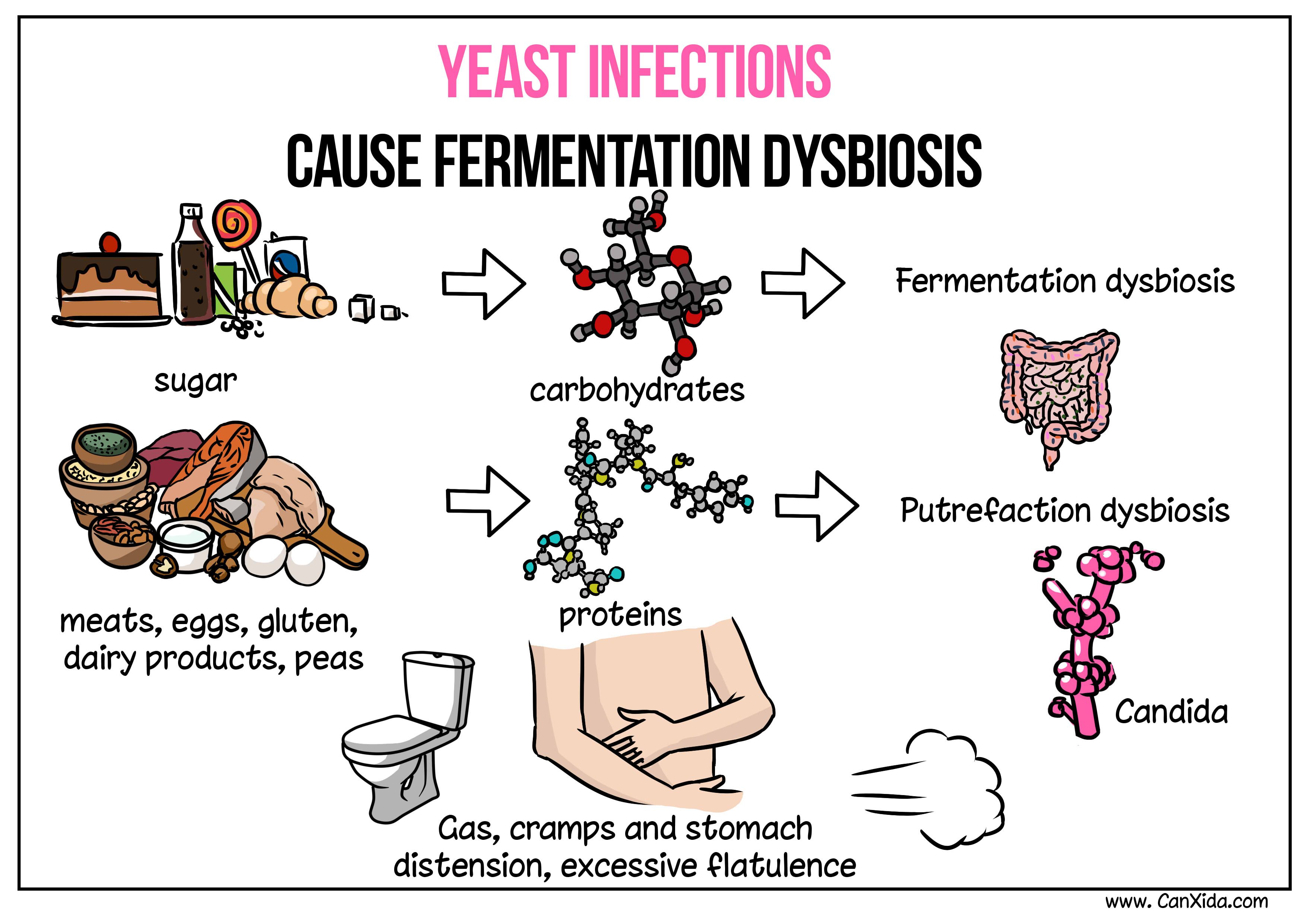 Symptoms may include nausea, vomiting, diarrhea, and severe abdominal pain.
Symptoms may include nausea, vomiting, diarrhea, and severe abdominal pain.